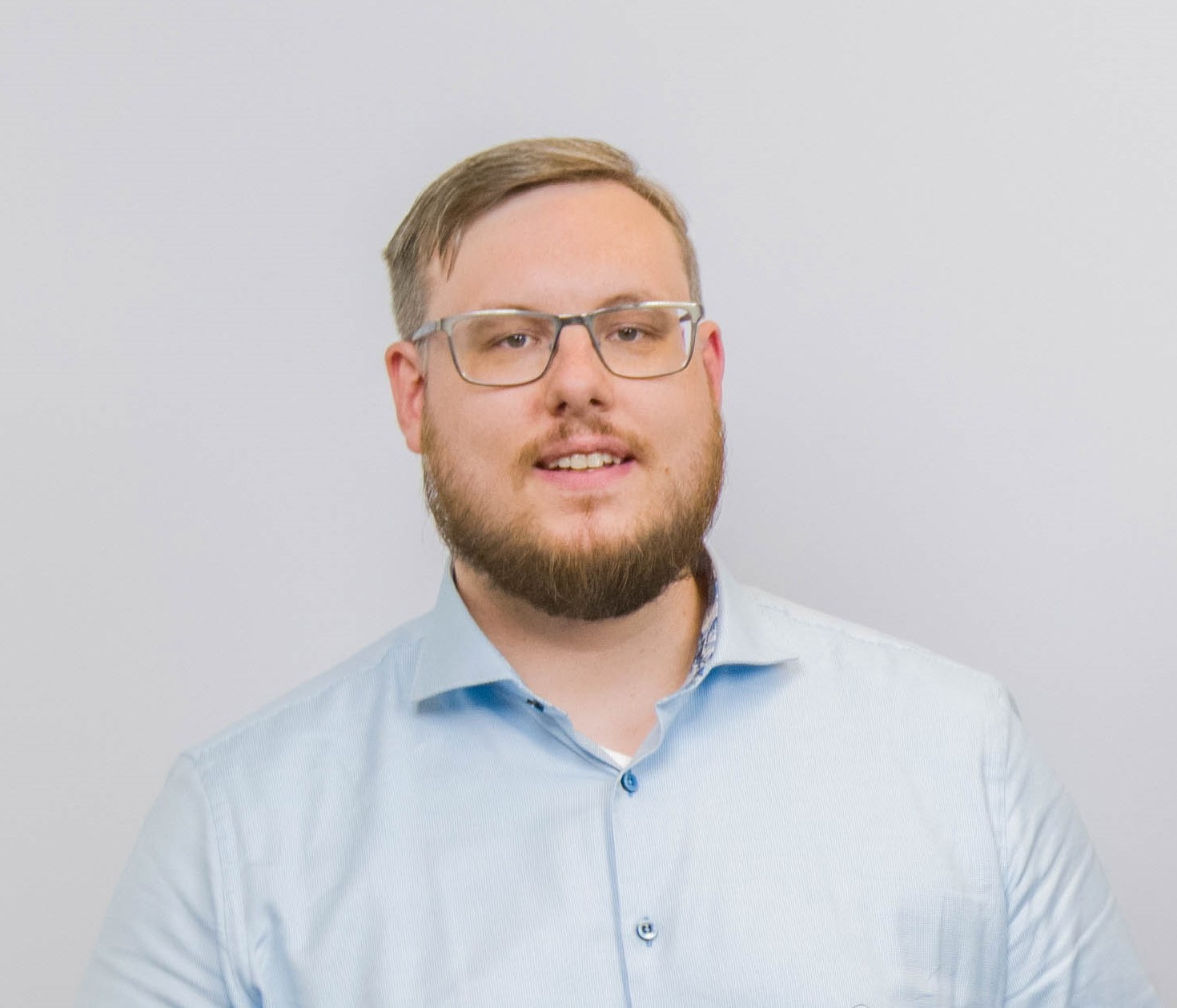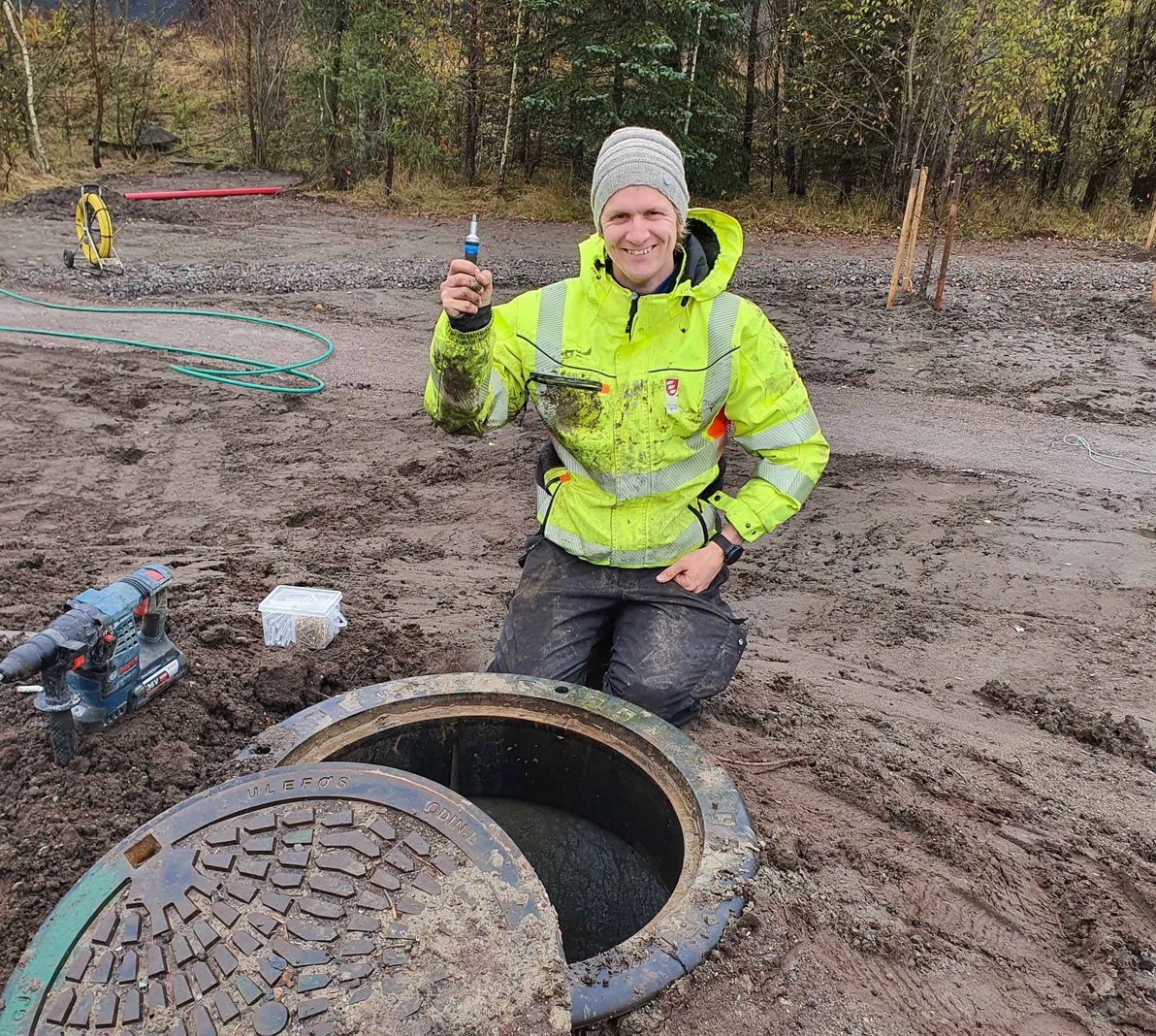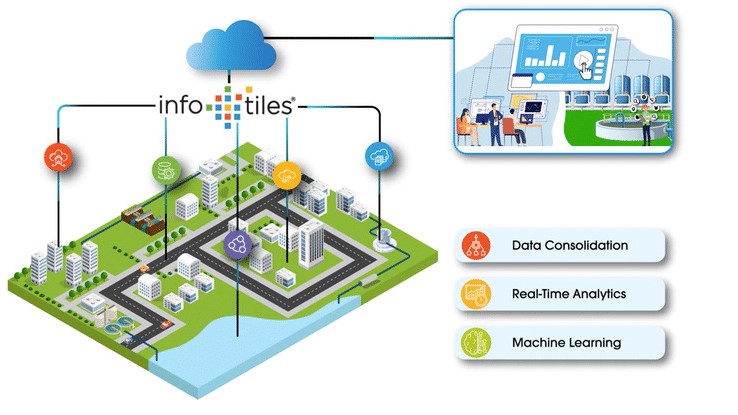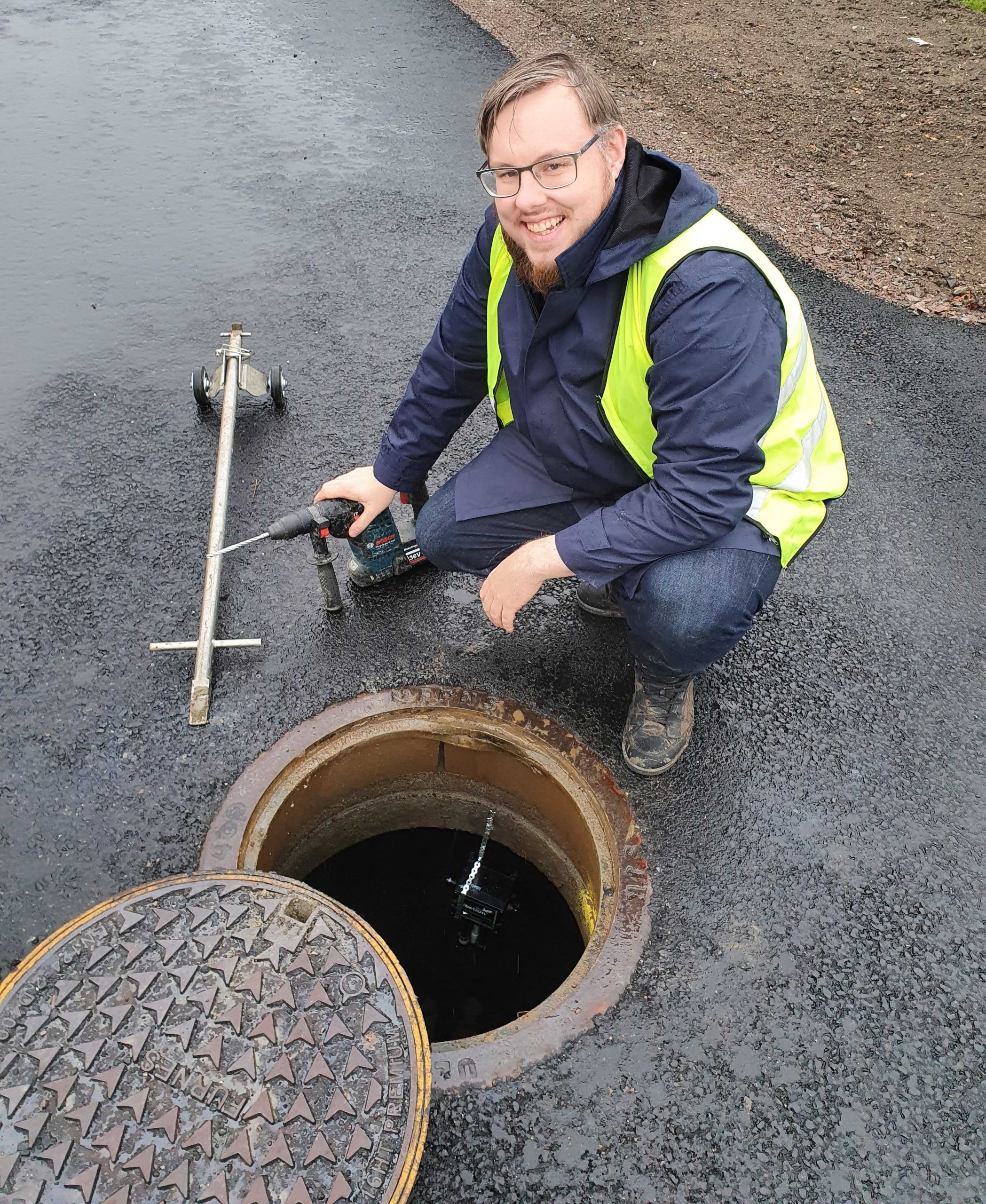
The water-rich municipality of Lillestrøm was looking for a way to acquire more useful data to ensure decision-making and use of resources were as efficient as possible. Implementing a centralised AI software has transformed water management and analytics for the better, says Marco Westergren chief analytics officer at InfoTiles.
The municipality of Lillestrøm in southeast Norway has 87,500 residents and is located at the confluence of three rivers – the Glomma, Nitelva and Leira. This is the largest inland delta in Northern Europe and is surrounded by the Øyeren nature reserve.
While this means a wide range of recreational activities is possible, it also presents challenges in protecting waterways, managing wastewater, and keeping people and property safe from the effects of flooding.
The water department of Lillestrøm already has the infrastructure in place to manage potable water and wastewater flows. Operations teams use weather forecasts and information about environmental conditions to make decisions around starting and stopping pumps, opening sluice gates, fixing equipment, and gathering data. However, historically this process has been reactive, with the available data often imprecise, uncoordinated, and arriving too late to be useful.
Two Lillestrøm municipality employees, civil engineer Asgeir Hagen and enterprise architect Erlend Berg, realised the water department’s challenge was not only in delivering effective water management, but a lack of readily available data.

Third-party organisations had been providing environmental data, but, says Berg, “The process was costly, and the information gathered had a limited validity, with no broader applications beyond a specific project or time period. We would get a short period of data, then after a while, we had to do the same exercise again.”
Employees needed a more effective way of collecting and analysing data, with much broader applications. They required a stream of up-to-date information providing a live picture of conditions throughout the region, and a flexible, adaptable means of sorting and analysing that data to support actionable analysis and informed decision-making.
“What we needed was a continuous flow of real-time data that made it possible for us to see trends and predict upcoming events, both for the purpose of taking actions as a municipality and for informing or providing warnings for the citizens of Lillestrøm,” said Berg.
Data into action
In 2018, the municipality decided to make use of the InfoTiles software, which enhances the value of data by making it available, intelligible, and actionable for users and systems through a centralised platform.
Built on the Microsoft Azure cloud-computing platform, InfoTiles aggregates real-time streamed data from internet of things (IoT) sensors through complex monitoring networks, connecting water and wastewater maintenance equipment, and integrating supervisory control & data acquisition (SCADA) systems. Infotiles can also use open-source connectors to collect, share, configure and edit data from any source, including previously siloed environmental and meteorological platforms.

Network mapping
Hagen and Berg incorporated a database to map and track key features in the Lillestrøm water and wastewater networks, such as water temperatures and flows, and the status of some three million meters of pipe. Lillestrøm municipality is already replacing an average of 2% of its pipes each year due to damage and wear, and engineers use remote monitoring to predict the pipes and pumps that require the most urgent replacements.
Teams can now make proactive decisions before sending workers out onsite, which saves time and cost by identifying the problem immediately, and ensuring crews are dispatched with accurate information and suitable materials and equipment.
Fixing a single pipe losing 500ml/second through leakage can prevent a recurring monthly loss of around €2,600. With Norway experiencing average water loss of 30-40%, the savings accrued from using enhanced data analysis could be substantial for a municipality like Lillestrøm.
By using InfoTiles, engineering teams can track and incorporate essential data which previously they were unable to do.
Hagen said, “There are now ultrasound sensors to measure the height of the rivers and air pollution, and gas detectors and temperature sensors on water pumps to monitor and manage three million meters of pipe. All the data is fed back into the InfoTiles software for us to make informed calculations and focus efforts for the greatest return.”
Engineering work is targeted with greater accuracy, meaning smarter decisions on maintenance and repairs can be made, and priorities streamlined. The engineering team has seen a boost in the effectiveness and efficiency of its operations and reduced onsite health and safety risk.
Keeping traffic flowing

The proactive interventions made possible by the platform have improved safety for Lillestrøm residents too. For example, rising waters can flood road bridges, making major traffic routes impassable at times.
The software can even add data from traffic sensors to better understand the impact of flooding on traffic flow, feeding the analysis back to management teams. The early warning signs from flow and level sensors upstream, combined with weather sensors and predictive traffic algorithms, enable workers to reroute traffic ahead of time with extra signage and adjusted signalling.
Not only does this reduce the risk of drivers encountering floods, but it also prevents lengthy diversions and disruption to emergency services.
Lillestrøm is a young, progressive municipality that features strong communications infrastructure, including Norway’s first 5G wireless network. This has proved to be a major advantage in deploying and operating the InfoTiles solution, which is largely technology and network agnostic, meaning there are no ties or preferences to specific mobile networks or providers.
Cellular 5G networks provide agility, supporting the widespread and rapid deployment of sensors and telemetry devices across many contexts and scenarios.
Bathing water updates
One example is a popular page on the municipality’s website for river and lake bathing temperatures. Berg realised that the InfoTiles software could automate and improve that experience with up-to-the-minute bathing conditions, water quality and temperature data.
“Last spring, we onboarded nine sensors for measuring the temperature in the recreational areas with bathing facilities. We input that data through the InfoTiles platform and presented the information immediately on the citizen portal,” said Berg.
Securely sharing information
Instant access to data is good for bathers, but also points to a broader demand for easy access to a wealth of data for a wide range of users and scenarios. The municipality needed a single platform that featured powerful and adaptable interfaces that could help turn raw data into focused, actionable, and shareable information.
“There was no need to use one platform for the data, a second for visualisation, and a third for making sense of it all,” said Berg. “With the InfoTiles solution built on Azure, we have an end-to-end solution from IoT sensors to visualisation across multiple devices and the ‘act-on-fact’ principle is closer to us than ever before.”
With the InfoTiles platform collecting and coordinating data, it helps to free workers from their desks and act more effectively and responsively in the field. In any large-scale data operation security is an issue, but Berg is reassured that input from InfoTiles can be managed through existing security policies and procedures.
“A concern for us was the potential security risks of sending this data outside of our own servers. We are encouraged that access to this information within the InfoTiles solution is controlled by our own Azure Active Directory, which is completely within our control,” he said.
Future potential
There is excitement about the future and the mutually beneficial potential of sharing data with other municipalities that adopt such systems.
Hagen said, “I think this platform has great potential due to the underlying Microsoft Azure technology, along with the clever features InfoTiles has built into it. In Norway, we have a great tradition of sharing information and knowledge among all the municipalities.”
Torbjørn Pedersen, Lillestrøm municipality director of digitalisation, said, “This project has created valuable insight through incremental but smart investments. It provides justification and evidence for the IoT concept and shows how important digital competence is in all parts of the organisation.”
Johnny Gunneng, chief executive of InfoTiles, knows that the platform’s close interoperation with Microsoft technologies brings benefits across the board, both from the perspective as the developer and for InfoTiles customers who can better consume and share information and data.
He said, “Our solution works seamlessly with the Microsoft suite. For instance, when users log on, they use their Microsoft account. When they want to share information, they use Microsoft Teams.
“They use Azure IoT to gather data, and Power BI to visualise it and share it with other departments at Lillestrøm municipality, as well as supporting citizens in other municipalities. As everything is hosted on Azure, it is 100% Microsoft.”
Sustainable future
Lillestrøm municipality’s primary commitment is to its citizens and their living environment. In the process of solving local problems with the InfoTiles platform, the municipality can now make a tangible contribution to the United for Smart Sustainable Cities (U4SSC) initiative from the United Nations. This initiative measures urban sustainability efforts around the globe to help fulfil a mission to make human settlements inclusive, safe and resilient.
Now that engineers in Lillestrøm are feeding live data into the U4SSC programme, it can compare the municipality’s performance against other regions and cities throughout the world. The partnership with InfoTiles has helped the municipality answer the United Nation’s call to contribute its data and experience for global benefit.



